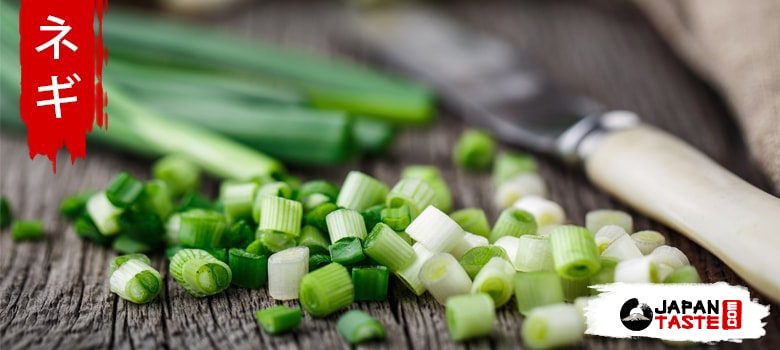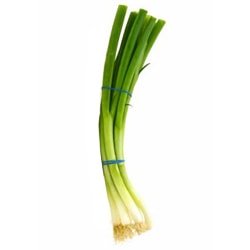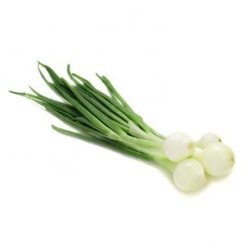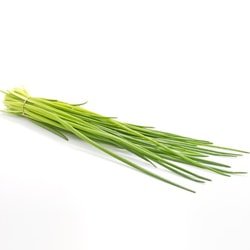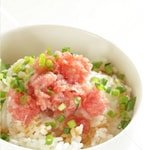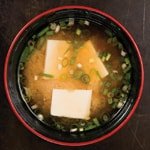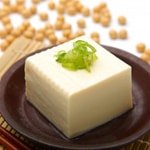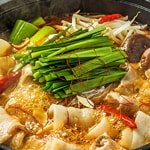Negi is a plant widely used in Japanese cuisine to flavor dishes. Presentation:
- Negi, an ingredient similar to chives
- The differences in pictures
- In Japanese cuisine
- Examples of dishes in Japanese cuisine
Negi, an ingredient similar to chives
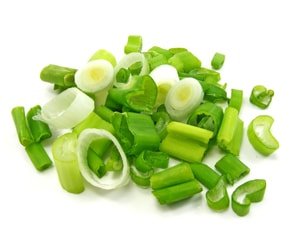 Negi ネギ / 葱 or chive in French is a green plant resembling green onion and chives but with a milder, finer and more delicate taste. Only the aromatic leaves and its roots are used. Its stems are thick, hollow, fleshy and 40 to 50 cm long. Its white root forms a small bulb very lengthened, of oval form. It is often confused with spring onions sold with their stems or chives because its appearance is quite similar as well as the taste.
Negi ネギ / 葱 or chive in French is a green plant resembling green onion and chives but with a milder, finer and more delicate taste. Only the aromatic leaves and its roots are used. Its stems are thick, hollow, fleshy and 40 to 50 cm long. Its white root forms a small bulb very lengthened, of oval form. It is often confused with spring onions sold with their stems or chives because its appearance is quite similar as well as the taste.
The differences in pictures
Tip: Choose your green negi firm and not yellowed. You can find it fresh in bundles of 3 or 4 stems or frozen already chopped as well. The fresh bunch can also be frozen very well.
In Japanese cuisine
Negi is used as a condiment in many Japanese dishes since time immemorial such as miso soup, tofu, noodles or pots soba. It is a condiment that can be used in many Japanese dishes from time immemorial, such as miso soup, tofu, noodles and Japanese stews. It is a condiment that spices up dishes and is appreciated for its fine and delicate taste. Even if we already know it in France, the negi is very used in all Asia as well in salads, soups, sautéed dishes, meats ect. Besides, after China, Japan is the second country where the production of negi is the biggest.
Examples of dishes in Japanese cuisine
Negi is usually chopped with a knife. It can also be used whole, pan-fried as a side vegetable. Here is a sample of dishes in Japanese cuisine using negi:
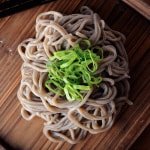

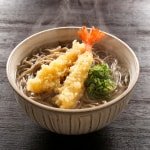


Negi is rich in antioxidant compounds and prevents diseases like cancer. So why deprive yourself? In French cuisine, it can be used like its cousin the onion or the chive for example.


